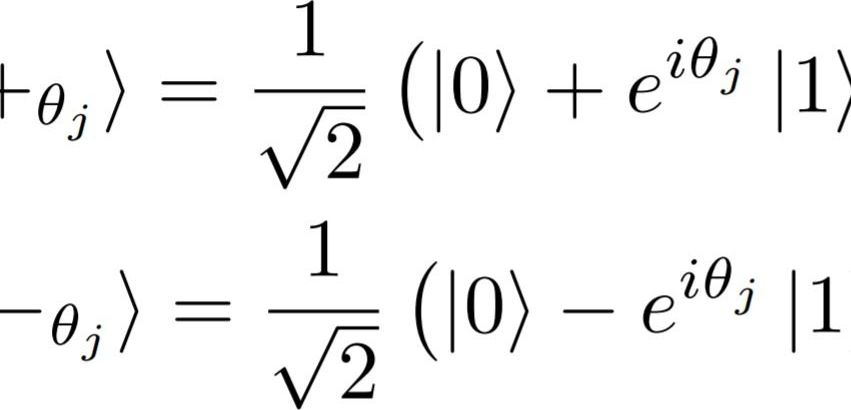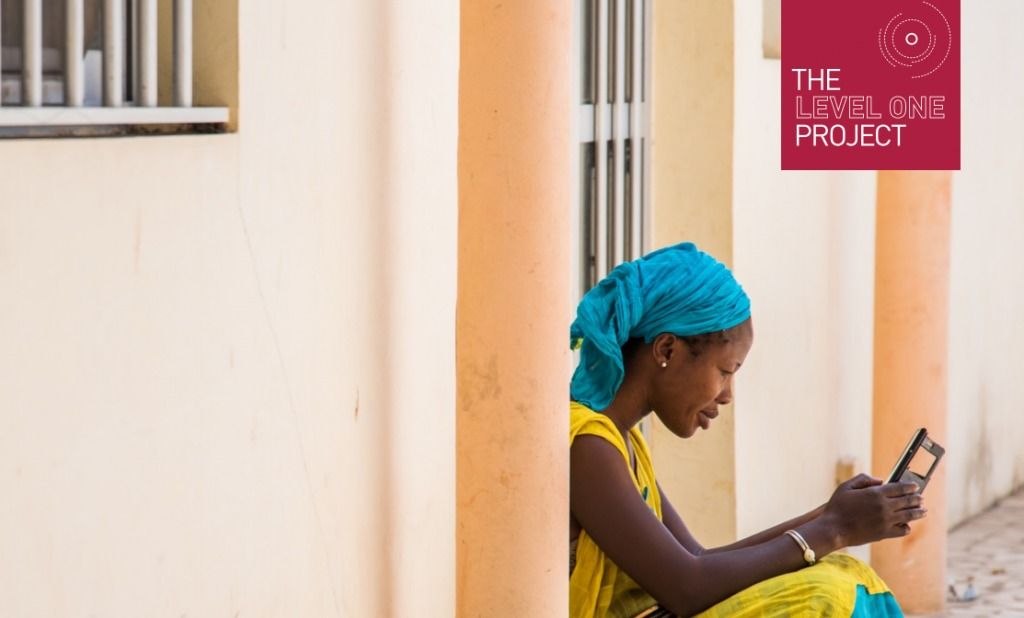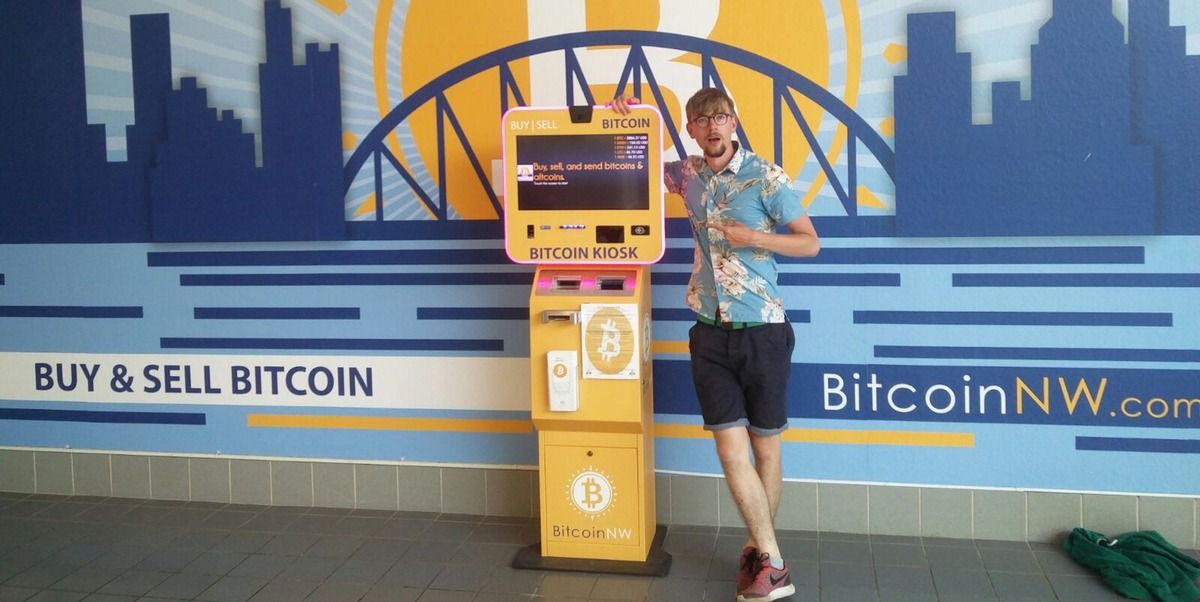3 days left to get into our Initial Community Offering (ICO) for the evolution of the blockchain which I’ve invested and advising.
Welcome to the Holo ICO whitelist registration! You will need to verify your identity and join the whitelist before you can participate in the ICO. The process requires creating an account, completing a quick identity verification, and then adding your Ethereum address to our whitelist. Once whitelisted, your address will be written into our smart contract, and you will be prepared to participate in the Holo ICO.
NOTE: If you are a resident or citizen of the United States, China, or South Korea, you cannot participate in our ICO due to legal and regulatory uncertainty in those jurisdictions. You will be unable to verify or whitelist if you are a resident or citizen of one of these countries.
To learn more about our ICO, visit https://holo.host/ico






